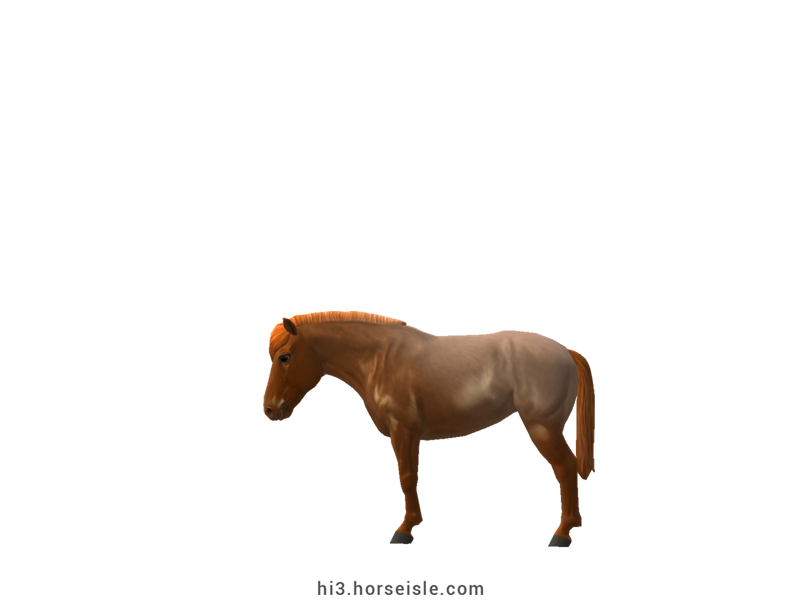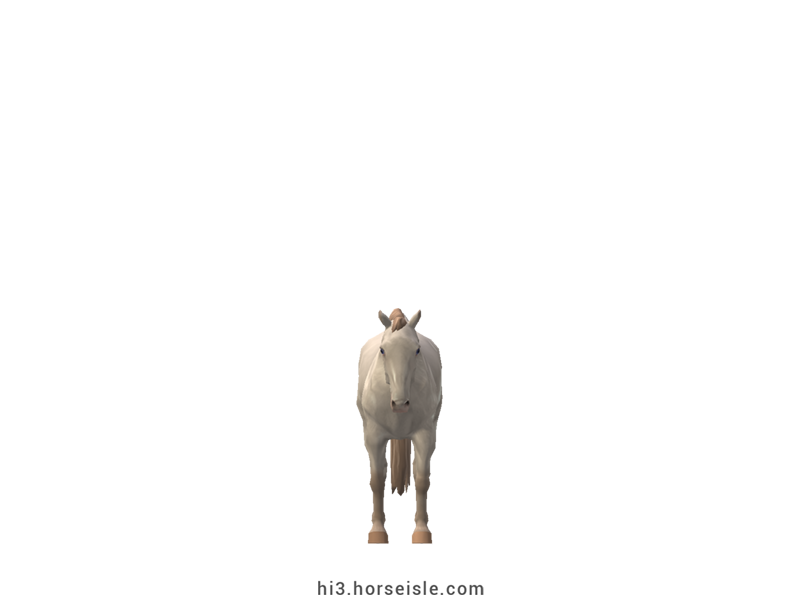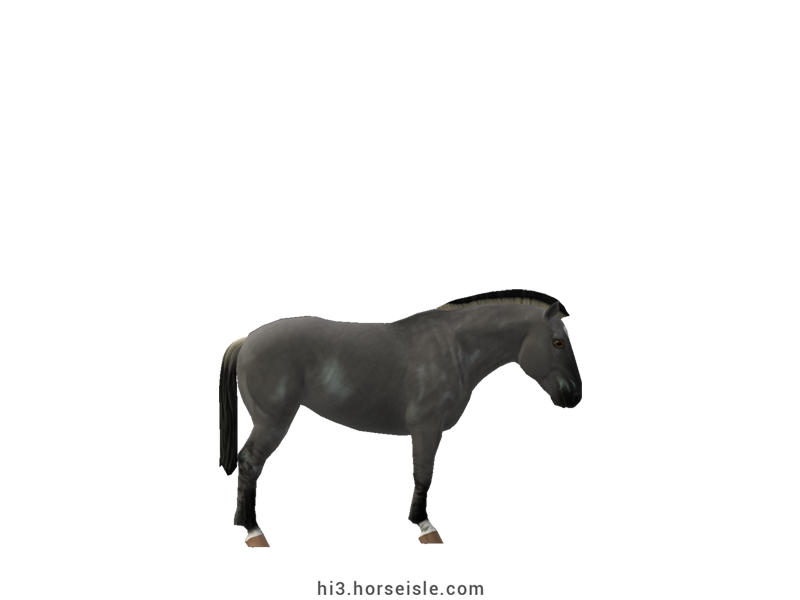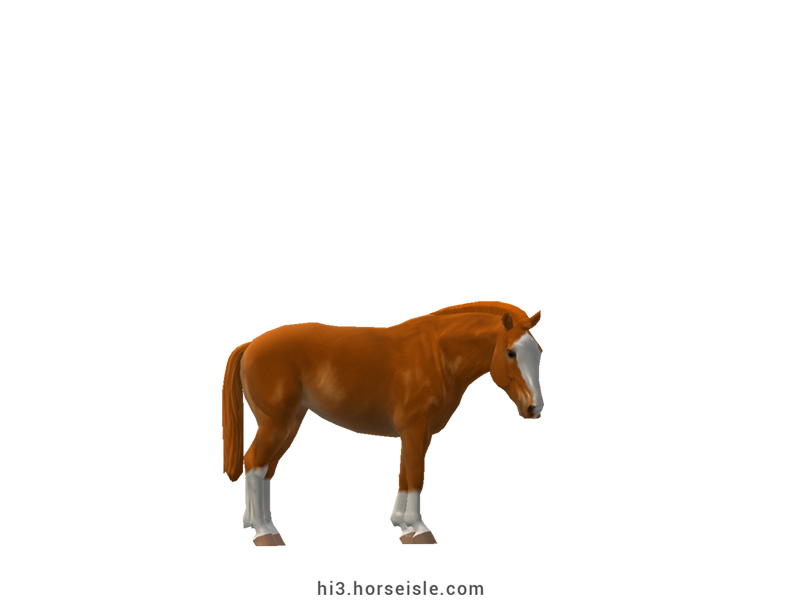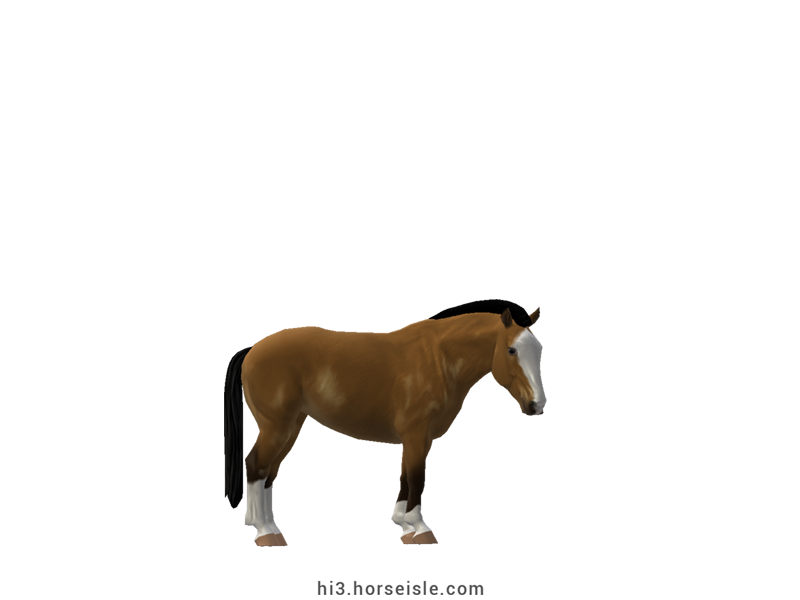Our Massive Real World Equine Reference!
[ INDEX ] Equine Type: Horse Breed: Jeju [ PREV ] [ NEXT ]
The pony of Jeju island:
Horses roamed Jeju Island for thousands of years, although it is unclear when or how they arrived there in the first place. In the 13th and 14th centuries, many of these horses were crossed with Mongolian horses, and these crosses created the Jeju horse that we know today.
Jeju ponies became famous for their impressive strength, which enabled them to carry cargo up to 100kgs despite their small size. Furthermore, they were easy-keepers and well adapted for life on Jeju island, able to survive without any assistance. These qualities made the Jeju ponies popular in Korea, and between the 10th and the 19th centuries hundreds of thousands of Jejus (if not more) were bred on the little island and exported to mainland Korea.
The decline of the Jeju pony:
For centuries, Jeju ponies were used as farm, pack, and cavalry horses, as well as for transportation. However, the native Korean breed took a great hit during the 20th century.
First, the mechanization of agriculture and transportation in the first half of the 20th century left the Jeju redundant, and its numbers began to decline. Then, in 1948, during the Jeju Uprising the Jeju ponies on Jeju Island many of the ponies were killed and the rest were abandoned. After the uprising ended, lack of organized breeding furthered the decline of this breed. By the end of the 1980s between 1,300 and 2,500 Jejus were left.
An endangered South Korean pony:
At the end of the 1980s, the South Korean authorities realized that their oldest native horse breed is about to go extinct. To prevent this, they declared the Jeju a National Treasure No. 347, promoted its breeding, and even organized races for Jeju ponies. Alas, the numbers of Jejus continued to decline well into the 21st century.
Today, the Jeju is an endangered breed, with only a small number of purebreds left.
The Halla and the Jeju:
One of the reasons for the decline in the Jeju population was the growing popularity of Jeju x Thoroughbred crossbreds, known as Hallas, who were better racers than purebred Jejus (see 'Halla' for more information).
While the Jeju is an endangered breed, the Halla is extremely popular in South Korea, and is often used for racing. The Jeju, on the other hand, serve primarily as a tourist attraction, a role in which they excel because of their calm disposition.
Conformation:
There is disagreement regarding whether the Jeju is a horse or a pony, but in Horse Isle the Jeju is considered a pony.
The conformation of the Jeju is characterized by a large head with deep jowls, a small muzzle, a straight profile, large eyes, small ears, a short and thick neck, a short back, and a slightly sloping croup. The legs are short and sturdy, and have light feathering on the back of the fetlock.
The mane is short or medium in length, and can be silky or coarse, and be upright or fall flat on the side of the neck.
Performance metrics:
The following are the: range, average, (SD), and MOE of performance metrics of ordered Jeju ponies in Horse Isle (not bred ones). In rare cases,
Speed: 13.0-14.2, 13.6 (0.3), 0.05.
Sprint: 33-46, 40 (3), 0.54.
Accel: 0.92-1.10, 1.01 (0.04), 0.01.
Decel: 0.87-1.03, 0.95 (0.03), 0.01.
Jump: 4.85-5.13, 4.97 (0.06), 0.01.
Pull: 1.42-2.08, 1.73 (0.16), 0.03.
Turning: 42.29-54.66, 49.72 (2.6), 0.51.
Reverse: 2.0-2.6, 2.3 (0.1), 0.02.
Stamina: 44.71-50.10, 47.81 (1.07), 0.21.
Reaction: 0.74-0.83, 0.79 (0.02), 0.00.
Coats & Height:
Colors: bay, black, brown, chestnut, grey, dun, and cream-dilutes.
Additionals: flaxen, linebacked, mealy, roan, sooty, dark mane & tail, grey mane & tail. The coat is either solid or toabino.
Height: 10.3hh to 12.3hh.
[ INDEX ] [ PREV ] [ NEXT ]

